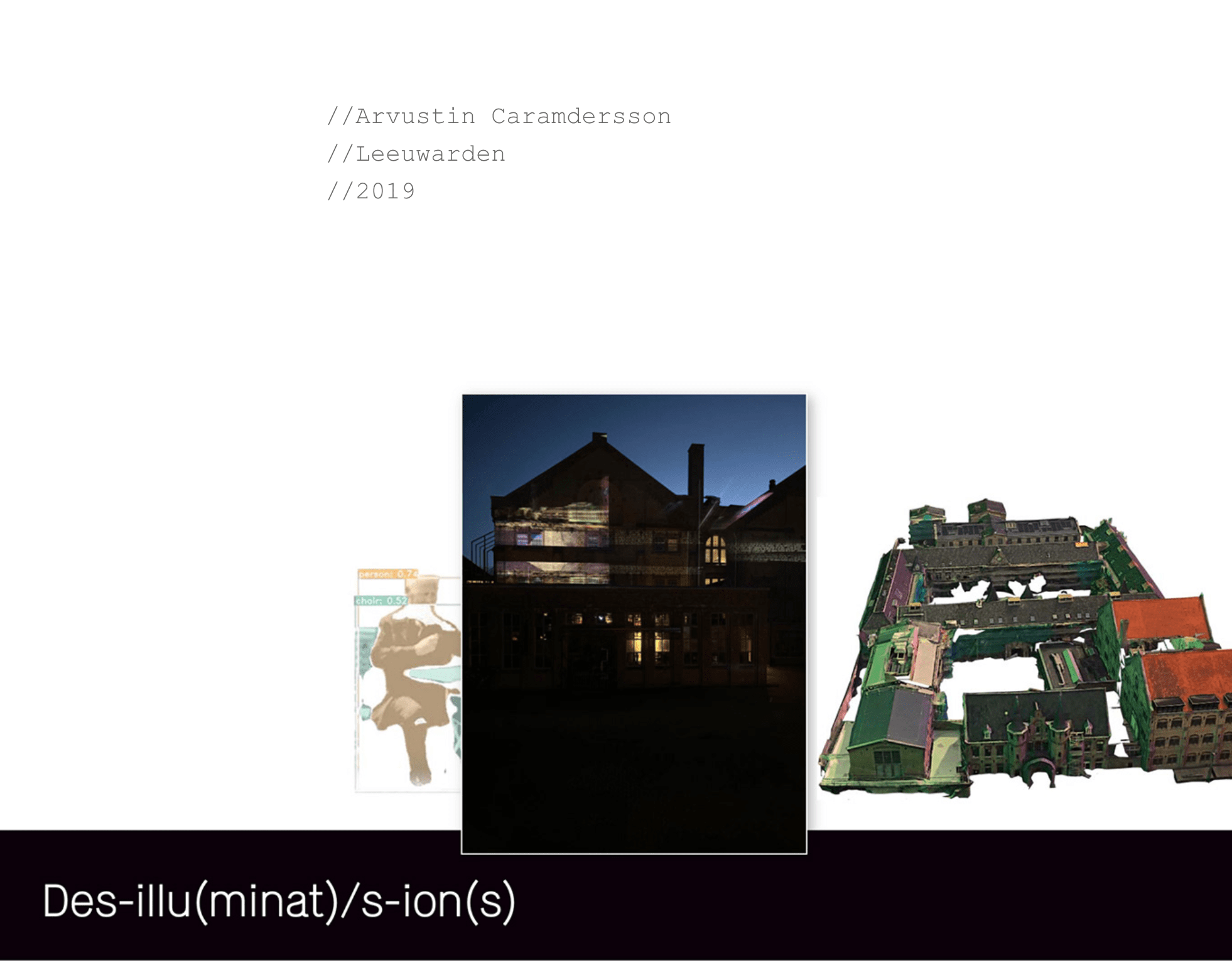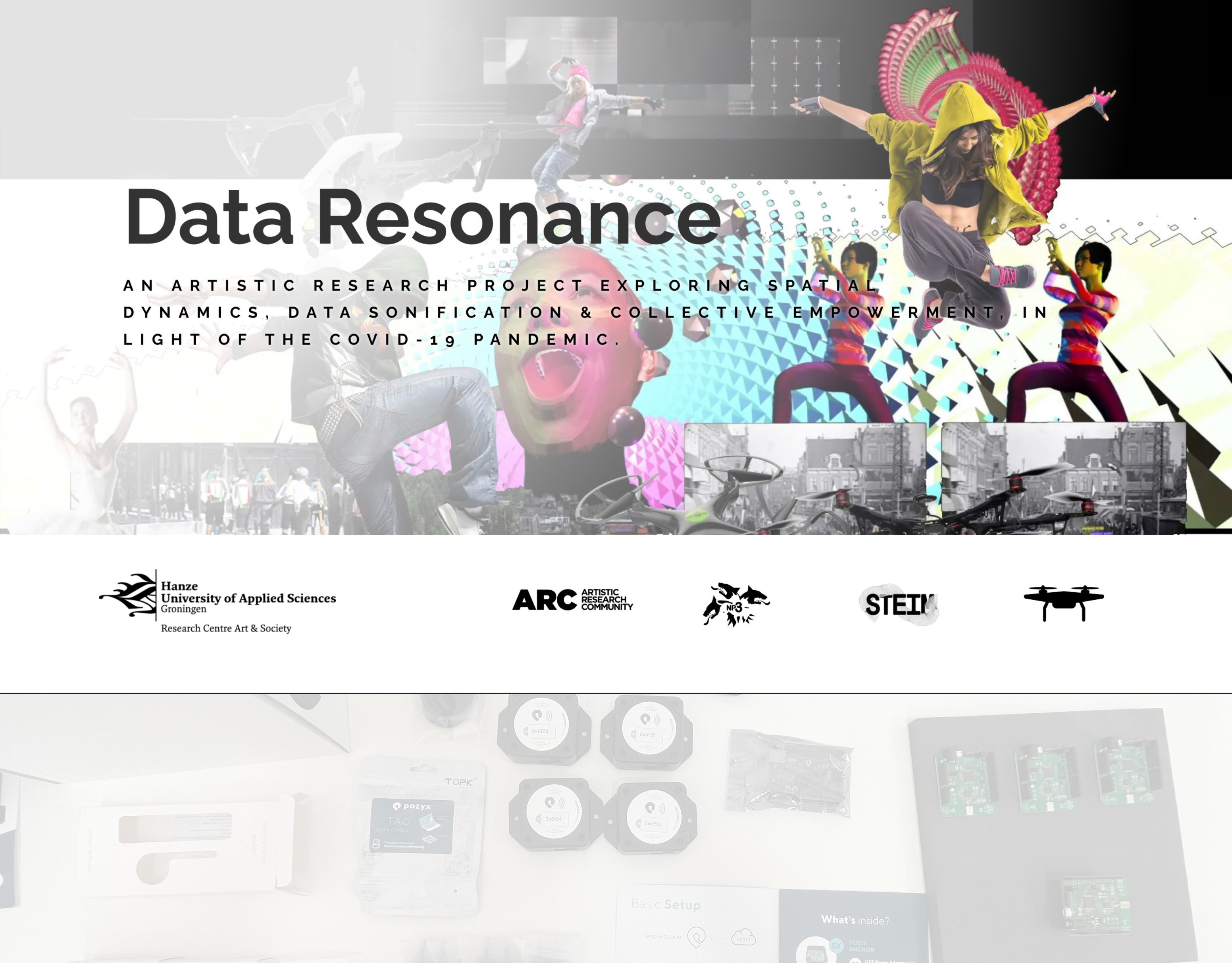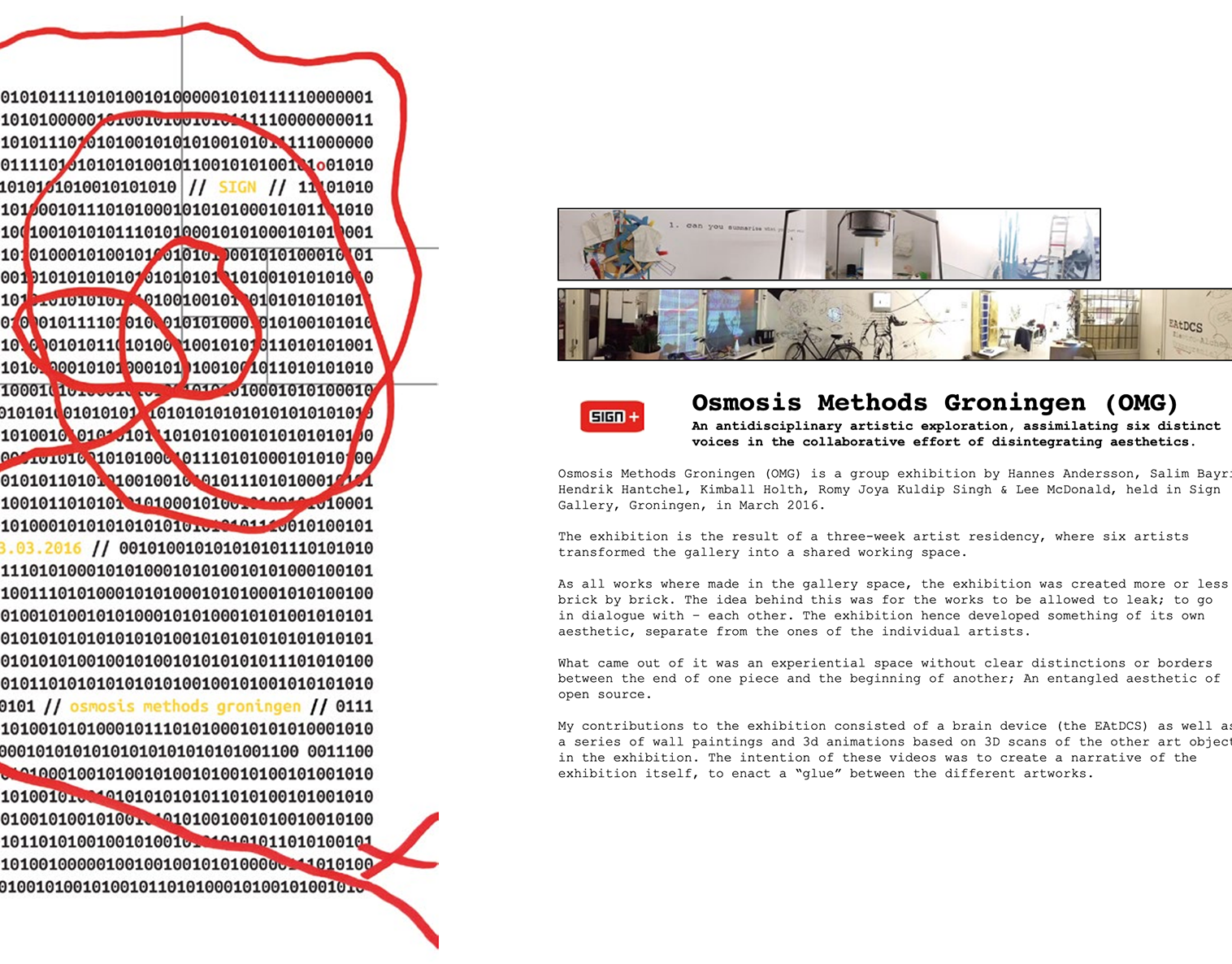Exploring Binaural Beats in Art and Science
Concept Development & Lead Researcher : Olivia Shkreli
Music Research & Engineering: Hannes Arvid Andersson
Music Research & Engineering: Hannes Arvid Andersson
Supported by Amarte Fonds
Research Summary
Introduction
In today’s increasingly fast-paced and overstimulating world, individuals are seeking new ways to reconnect with themselves, methods that help alleviate stress, foster grounding, and even support healing processes. Among these, music remains one of the most enduring and impactful tools for emotional and psychological intervention. It has accompanied humanity since our earliest evolutionary stages, playing a vital role in rituals, social bonding, and self-regulation. From ancient shamanic traditions using drumming to induce trance states and connect with the earth, to classical compositions that evoke complex emotional landscapes, music has consistently proven to be a self-medicating force that transcends time and culture.
Advancements in music theory and auditory technology have enabled a more precise exploration of how sound interacts with our cognitive and emotional systems. Elements such as melodic familiarity and rhythmic consistency are known to stimulate the release of dopamine, promoting feelings of pleasure, relaxation, and well-being. More recently, research has focused on the use of specific auditory frequencies to modulate brain activity, most notably through the use of binaural beats.
Recent neuroaesthetic research shows that music activates brain areas linked to emotion, sensory processing, and reward, explaining its powerful emotional effects. It can evoke feelings ranging from joy to awe, and musical training enhances brain plasticity, supporting emotional and cognitive growth. (Izadifar, 2024). Building on this foundation, targeted auditory interventions such as binaural beats are gaining attention for their potential to influence brainwave patterns and mental states. Binaural beats, in particular, represent a compelling intersection of neuroscience, technology, and art, offering a gateway to modulate consciousness as therapeutic tool.
Advancements in music theory and auditory technology have enabled a more precise exploration of how sound interacts with our cognitive and emotional systems. Elements such as melodic familiarity and rhythmic consistency are known to stimulate the release of dopamine, promoting feelings of pleasure, relaxation, and well-being. More recently, research has focused on the use of specific auditory frequencies to modulate brain activity, most notably through the use of binaural beats.
Recent neuroaesthetic research shows that music activates brain areas linked to emotion, sensory processing, and reward, explaining its powerful emotional effects. It can evoke feelings ranging from joy to awe, and musical training enhances brain plasticity, supporting emotional and cognitive growth. (Izadifar, 2024). Building on this foundation, targeted auditory interventions such as binaural beats are gaining attention for their potential to influence brainwave patterns and mental states. Binaural beats, in particular, represent a compelling intersection of neuroscience, technology, and art, offering a gateway to modulate consciousness as therapeutic tool.
Binaural Beats: Neural Mechanisms and Brainwave Entrainment
Binaural beats are an auditory illusion that occurs when two slightly different frequencies are presented separately to each ear via headphones. The brain perceives a third tone—the “beat frequency”—equal to the difference between the two tones (Ingendoh et al., 2023). This phenomenon, known as the frequency-following response (Kasprzak, 2011), aligns with specific brainwave patterns associated with mood, cognition, emotional processing, and consciousness (Prakash & Konadath, 2025).
For example, playing 400 Hz in one ear and 440 Hz in the other results in a perceived 40 Hz beat—corresponding to gamma waves, often linked to heightened cognition, problem-solving, and sensory integration (Chaieb et al., 2015). Each brainwave range is believed to serve a distinct function:
For example, playing 400 Hz in one ear and 440 Hz in the other results in a perceived 40 Hz beat—corresponding to gamma waves, often linked to heightened cognition, problem-solving, and sensory integration (Chaieb et al., 2015). Each brainwave range is believed to serve a distinct function:
Delta (0.5–4 Hz): Deep sleep, unconscious processes, physiological restoration
Theta (4–8 Hz): Creativity, subconscious processing, dream states
Alpha (8–12 Hz): Relaxation, stress reduction, wakeful rest
Beta (12–30 Hz): Active thinking, focus, executive functioning
Gamma (30–100 Hz): Conscious perception, insight, peak mental performance (eureka moments).
Numerous studies have evaluated the psychological and physiological effects of binaural beats. For instance, Wahbeh et al. (2007) found that delta wave stimulation led to reduced trait anxiety and improved quality of life. Similarly, patients undergoing cataract surgery experienced decreased anxiety and heart rate when exposed to binaural beats (Wiwatwongwana et al., 2016), suggesting potential for non-invasive therapeutic use.
However, findings remain mixed. A recent systematic review by Askarpour et al. (2024) examining the effects of binaural beats on psychiatric disorders and brain activity reported inconsistent outcomes. While some studies indicated enhanced memory at beta frequencies, others found no significant effect, or even negative outcomes. These discrepancies highlight the complexity of individual variability and underline the need for further investigation into context, frequency range, delivery method, and user intention.
This research challenges the conventional paradigm of static binaural beat delivery, proposing instead a dynamic framework that treats these ‘‘auditory illusions’’ as living compositional elements. Where previous approaches have focused primarily on clinical applications using fixed frequencies, we investigate how fluid, organic soundscapes might enhance or transform the binaural experience. Our work combines psychoacoustics and musical composition, asking not just whether binaural beats work, but how their effectiveness might be amplified through experimental composition techniques. Under what conditions are binaural beats most effective?
However, findings remain mixed. A recent systematic review by Askarpour et al. (2024) examining the effects of binaural beats on psychiatric disorders and brain activity reported inconsistent outcomes. While some studies indicated enhanced memory at beta frequencies, others found no significant effect, or even negative outcomes. These discrepancies highlight the complexity of individual variability and underline the need for further investigation into context, frequency range, delivery method, and user intention.
This research challenges the conventional paradigm of static binaural beat delivery, proposing instead a dynamic framework that treats these ‘‘auditory illusions’’ as living compositional elements. Where previous approaches have focused primarily on clinical applications using fixed frequencies, we investigate how fluid, organic soundscapes might enhance or transform the binaural experience. Our work combines psychoacoustics and musical composition, asking not just whether binaural beats work, but how their effectiveness might be amplified through experimental composition techniques. Under what conditions are binaural beats most effective?
To explore this, we examine:
Pulse frequency: consistent vs. irregular
Pitch modulation: gradual vs. abrupt
Harmonic content: drones vs. choir melodies
Texture and form: pure tones vs. layered soundscapes
Subjective responses: attention, focus, emotional shifts, and physical sensations
The following section outlines the experimental design developed to investigate these variables, detailing the auditory materials, modulation strategies, and methodological approach used to assess both psychological and perceptual responses to dynamic binaural environments.
Experimental Design
We used Max/MSP to generate precise frequencies alongside pre-existing tracks, such as Binaural Beats – Sleep (Delta Waves) from Spotify—a piece I’ve personally found effective. Our baseline involved a stable 80 Hz tone to observe how a static binaural beat interacts with perception. We then introduced pitch modulations (e.g., 174 Hz to 396 Hz) and Delta wave frequencies (e.g., 4 Hz) to explore subtler auditory shifts.
To test organic harmonic content, we incorporated The Bells of Dawn, a resonant choir piece with natural drone qualities. This allowed us to observe how binaural beats interface with human voice textures and layered harmonies.
To test organic harmonic content, we incorporated The Bells of Dawn, a resonant choir piece with natural drone qualities. This allowed us to observe how binaural beats interface with human voice textures and layered harmonies.
Research Questions
How do binaural beats interact with drones and melodies to shape perception?
What is the role of pulse frequency (regular vs. irregular) in entrainment?
How does pitch variation (gradual vs. abrupt) influence emotion and cognition?
Can drones amplify or interfere with the perception of binaural beats?
How do binaural beats affect voice recordings versus pure tones?
What are the psycho-physiological effects of combining binaural beats with human voices?
How do symmetrical vs. asymmetrical time intervals influence the listener’s experience?
Does entrainment depend on consistency or variability in pulse?
What’s the difference between modulating constant-pitch vs. variable-pitch sounds?
What is the effect of modulating all vs. some sonic components?
Methodology
Experiments focused on the interaction between binaural beats, drones, and melodies using Max/MSP-generated frequencies and selected tracks. The core base frequency was 80 Hz, with additional frequencies tested:
Delta wave: 174 Hz, 3.2 Hz, 4 Hz
Choir tones: 275.3 Hz, 566.1–567.3 Hz, 571.8–574.4 Hz, 114.3 Hz
Drone/melody combinations: 97 Hz, 101 Hz
Irregular pulse frequencies were introduced using a 25% deviation from the constant rhythm, with pulses at 0.64 Hz and 0.32 Hz. Pitch was modulated from 174 Hz to 396 Hz to evaluate the impact of gradual frequency shifts.
Key experiment categories included:
Traditional binaural beats served as foundational elements
Dynamic modulation introduced gradual frequency shifts
Organic sound sources (choir vocals, acoustic drones) provided harmonic context
Experimental Variables
The study systematically manipulated:
Temporal factors (pulse regularity at 0.64Hz vs 0.32Hz)
Spectral factors (gradual vs abrupt pitch modulation)
Textural factors (pure tones vs complex harmonic stacks)
All sound samples were played through JBL Live 660NC over-ear ANC headphones in a quiet, controlled setting. Subjective data was collected from both researchers, such as myself and one other participant, through journaling of personal responses (relaxation, focus, physical sensations). Our comparative reflections provided a qualitative basis for analyzing perceptual and emotional differences across test conditions.
Findings
The exploration of binaural beats reveals how scientific precision and creative interpretation, is needed to fully understand this phenomenon. The findings demonstrate that binaural beats are not merely functional tools for entrainment, but dynamic forces that shape auditory perception in subtle, embodied ways.
Drones proved essential for creating spatial depth and immersion, yet their potency demanded careful balancing to prevent them from overwhelming melodic content. Modulated tones, even without explicit binaural beats, generated similarly immersive atmospheric effects, suggesting that the brain responds to implied rhythms and psychoacoustic phenomena as much as to strict frequency differentials.
The distinction between pulse frequencies was particularly striking: 0.64 Hz provided a steady, grounding rhythm conducive to focus, while 0.32 Hz disrupted coherence, highlighting the importance of rhythmic stability in effective entrainment.
The emotional impact of pitch modulation further underscored the significance of fluidity in dynamic composition. Gradual transitions drew listeners deeper into the experience, while abrupt shifts created cognitive friction. Crossfading techniques emerged as invaluable tools for maintaining flow, whereas zero-fading’s intentional tension opened possibilities for more disruptive, provocative sound design.
Most compelling were the effects of combining binaural beats with organic sound sources, particularly human voices. The expansion of perceived sound localization, from the ears to the entire head, suggests that voice-modulated beats create a more holistic, embodied listening experience. When paired with choir textures and supported by modulated drones, the results were transformative: participant reported not just hearing, but physically feeling the music, describing vibrations, emotional resonance, and an enveloping sense of presence.
These findings collectively point toward a new approach to binaural composition, one that embraces variability, depth, and dynamic modulation rather than relying on static, isolated tones. The most powerful effects arose not from rigid adherence to fixed parameters, but from the interplay of layered elements: the steady foundation of drones, the fluidity of modulated transitions, and the organic richness of human voices. This suggests that binaural beats are most effective when treated not as standalone tools, but as integrated components within a living, evolving soundscape.
In the end, binaural beats emerge not as static signals, but as a dynamic combination of music elements and composition, capable of shaping not just brainwave states, but the entire sensory and emotional experience of sound. The implications extend beyond therapeutic or meditative applications, opening new possibilities for musical experimentation, immersive audio design, and a deeper understanding of how sound moves through both mind and body. Future explorations might further refine these interactions, but the foundational insight remains: in the space between rhythm and resonance, between tone and texture, lies the potential for truly transformative auditory experiences.
Drones proved essential for creating spatial depth and immersion, yet their potency demanded careful balancing to prevent them from overwhelming melodic content. Modulated tones, even without explicit binaural beats, generated similarly immersive atmospheric effects, suggesting that the brain responds to implied rhythms and psychoacoustic phenomena as much as to strict frequency differentials.
The distinction between pulse frequencies was particularly striking: 0.64 Hz provided a steady, grounding rhythm conducive to focus, while 0.32 Hz disrupted coherence, highlighting the importance of rhythmic stability in effective entrainment.
The emotional impact of pitch modulation further underscored the significance of fluidity in dynamic composition. Gradual transitions drew listeners deeper into the experience, while abrupt shifts created cognitive friction. Crossfading techniques emerged as invaluable tools for maintaining flow, whereas zero-fading’s intentional tension opened possibilities for more disruptive, provocative sound design.
Most compelling were the effects of combining binaural beats with organic sound sources, particularly human voices. The expansion of perceived sound localization, from the ears to the entire head, suggests that voice-modulated beats create a more holistic, embodied listening experience. When paired with choir textures and supported by modulated drones, the results were transformative: participant reported not just hearing, but physically feeling the music, describing vibrations, emotional resonance, and an enveloping sense of presence.
These findings collectively point toward a new approach to binaural composition, one that embraces variability, depth, and dynamic modulation rather than relying on static, isolated tones. The most powerful effects arose not from rigid adherence to fixed parameters, but from the interplay of layered elements: the steady foundation of drones, the fluidity of modulated transitions, and the organic richness of human voices. This suggests that binaural beats are most effective when treated not as standalone tools, but as integrated components within a living, evolving soundscape.
In the end, binaural beats emerge not as static signals, but as a dynamic combination of music elements and composition, capable of shaping not just brainwave states, but the entire sensory and emotional experience of sound. The implications extend beyond therapeutic or meditative applications, opening new possibilities for musical experimentation, immersive audio design, and a deeper understanding of how sound moves through both mind and body. Future explorations might further refine these interactions, but the foundational insight remains: in the space between rhythm and resonance, between tone and texture, lies the potential for truly transformative auditory experiences.
Conclusion
This study provides early insights into how modulation, rhythm, and harmonic complexity influence the effectiveness of binaural beats. Findings suggest that layered textures and voice harmonies can enhance engagement, while rhythmic irregularity and abrupt transitions may hinder entrainment. More data is needed to assess these dynamics across larger samples and physiological measurements.
Limitations & Future Directions
While this study provided valuable insights into the perceptual and emotional impact of binaural beats in layered auditory landscapes, certain variables warrant further investigation. Specifically, the influence of symmetrical versus asymmetrical time structures (e.g., polyrhythms or irregular rhythmic groupings) was only partially addressed through pulse variability and remains an area for deeper rhythmic analysis. Additionally, the distinction between modulating constant-pitch versus variable-pitch sources, as well as the comparative effects of modulating all versus selected music components, emerged implicitly but were not isolated in a controlled manner. Future experiments could build on these foundations by systematically testing these dimensions, potentially revealing even more nuanced mechanisms of auditory entrainment and embodied listening.
Next Steps: Expanding the Soundscape Framework
Building on these insights, the next research phase may explore:
Broader irregular pulse frequency ranges (e.g., 4–12 Hz+) to assess cognitive and emotional impact.
Pulse length variation at fixed frequencies to examine how spacing and timing affect entrainment.
Complex rhythmic patterns like polyrhythms and syncopation, to explore whether musical complexity improves engagement more than simple irregularity.
Cymatic experiments to visually observe frequency resonance in physical media— linking perception to vibration.
Integrated tests combining previously explored elements (choir, drones, pitch shifts, modulations) to discover which combinations maximize immersion and response.
This expanded phase aims to refine our understanding of how binaural beats function within richly modulated soundscapes and ultimately, how they may be used for enhanced psychological and emotional experience.
Reference List
Askarpour, H., Mirzaee, F., Habibi, F., & Pourfridoni, M. (2024). Binaural beats’ effect on brain activity and psychiatric disorders: A literature review. The Open Public Health Journal,
Chaieb, L., Wilpert, E. C., Reber, T. P., & Fell, J. (2015). Auditory beat stimulation and its effects on cognition and mood states. Frontiers in Psychiatry, 6, 70. https://doi.org/10.3389/fpsyt.2015.00070
Ingendoh, R. M., Posny, E. S., & Heine, A. (2023). Binaural beats to entrain the brain? A systematic review of the effects of binaural beat stimulation on brain oscillatory activity, and the implications for psychological research and intervention. PLOS ONE, 18(5), e0286023. https://doi.org/10.1371/journal.pone.0286023
Izadifar, M. (2024). Unit 5 Overview: The Neuroaesthetics of Music. In: Balinisteanu, T., Priest, K. (eds) Neuroaesthetics. Palgrave Macmillan, Cham. https://doi.org/10.1007/978-3- 031-42323-9_14
Kasprzak, C. (2011). Influence of binaural beats on EEG signal. Acta Physica Polonica Series A, 119(6), 986–990. https://doi.org/10.12693/APhysPolA.119.986
Prakash, P., & Konadath, S. (2025). Evaluating time-bound efficacy of binaural beats for tinnitus treatment in individuals with normal hearing: A brainwave entrainment study. Journal of Otology, 20(1), 58–66. https://doi.org/10.26599/JOTO.2025.95400010
Wahbeh, H., Calabrese, C., Zwickey, H., & Zajdel, D. (2007). Binaural beat technology in humans: A pilot study to assess neuropsychologic, physiologic, and electroencephalographic effects. Journal of Alternative and Complementary Medicine, 13(2), 199–206. https://doi.org/10.1089/acm.2006.6201










